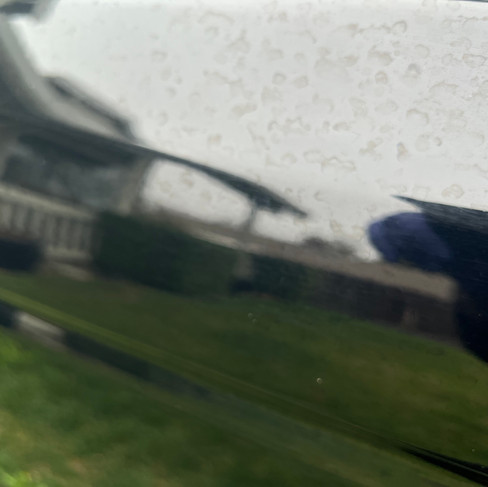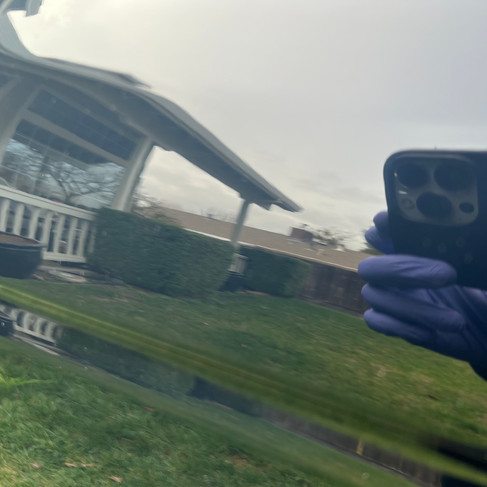How to Get Rid of Water Spots Properly from Your Car
- Fahad Ahmad
- Sep 22, 2022
- 2 min read
Water spots are the bane of a car’s paint job. Whether you have your coated or waxed, they will likely cause harm to your vehicle if you don’t handle them properly. You can get water spots on your car from either rain, sprinklers or washing your car with hard water. This is why we always recommend keeping your car under a shaded location, away from the lawn and washing it using deionized or filtered water. You should get rid of water spots as soon as possible because the mineral deposit left over from the spots will etch through your finish and start eating through your car’s paint. Here are the ways you can remove them:
Wash the Car Properly Right Away
The first thing you should try is giving the car a proper wash using a high quality wash detergent. If the car is still wet from the water sprinklers or recently dried while not being exposed to hard sunlight, a wash will likely get rid of the water spots.
Use a Mineral Deposit Remover
Mineral deposit removers are chemicals that you can leave on the vehicle that help dissolve the minerals left by the hard water. You may have to agitate the surface and leave the chemical for a few minutes before you can rinse and dry the areas impacted by water spots. This is an easy solution as well.
One-Step Polishing
If the car has had water spots on it for a long time or the car has been baking in the sun for a long time after getting those spots, you will likely need to mechanically and chemically abrade the water spots away. This is where buffing and polishing comes in handy and you may want to bring in a professional detailer who can handle a buffer to do this work for you. You can try hand polishing or using a consumer grade dual action buffer but the buffers may have a learning curve or hand polishing may be very fatiguing.
Wet-Sanding and Compounding
If a light polishing doesn’t fix the water spots, then you should almost always call a high quality detailer to remove the spots for you. This would entail a combination of compounding and wet sanding to remove the water spots. Since wet sanding and compounding are so aggressive that they can burn through your car’s paint, these processes create more swirl marks that need to be removed by a second polishing process to leave a mirror finish for the vehicle.
Lastly, after either of these steps, a good sealant or coating is necessary to protect the vehicle from future damage and serve as a sacrificial and chemical barrier against long term damage from water spotting. Do you have issues with removing water spots or would like to add long term protection to your vehicle? Book us now.






Comments